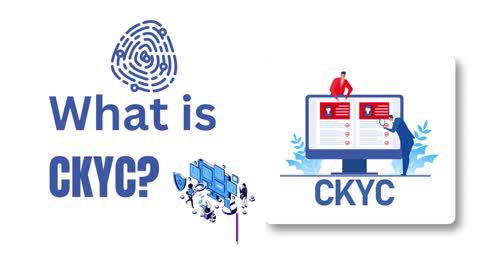To ensure smooth and error-free transactions, you need to provide accurate details for NEFT and RTGS transfers.
Mandatory Information:
- Recipient’s Name: Ensure that the name matches the bank account details.
- Bank Account Number: Double-check the account number to avoid errors.
- IFSC Code: The Indian Financial System Code (IFSC) uniquely identifies the recipient’s bank branch.
- Transaction Amount: Specify the exact amount to be transferred.
Tips for Hassle-Free Transfers:
- Verify recipient details before initiating the transfer to avoid rejections or delays.
- Use the Bajaj Finserv app or portal for secure and convenient transactions.
- Save frequently used payee details in your Bajaj Finserv account for faster processing in the future.
With these details at hand, you can initiate NEFT and RTGS transactions confidently, knowing that your funds will reach the intended recipient securely.
Conclusion
Understanding the differences between NEFT and RTGS is essential for managing your financial transactions effectively. While NEFT is ideal for smaller, non-urgent transfers, RTGS is best suited for high-value, time-sensitive payments. With Bajaj Finserv, you can enjoy secure, seamless, and efficient fund transfers through a user-friendly portal and app. By leveraging advanced security measures and detailed account insights, Bajaj Finserv ensures that your transactions are not only convenient but also protected.
Whether you are transferring funds for personal or business needs, Bajaj Finserv provides the tools and features you need to make informed decisions. Login securely today to access your account and experience the ease of NEFT and RTGS transactions.
Disclaimer: The information provided in this article is for informational purposes only. Please refer to the official Bajaj Finserv website or contact their customer support for the latest updates and terms.













